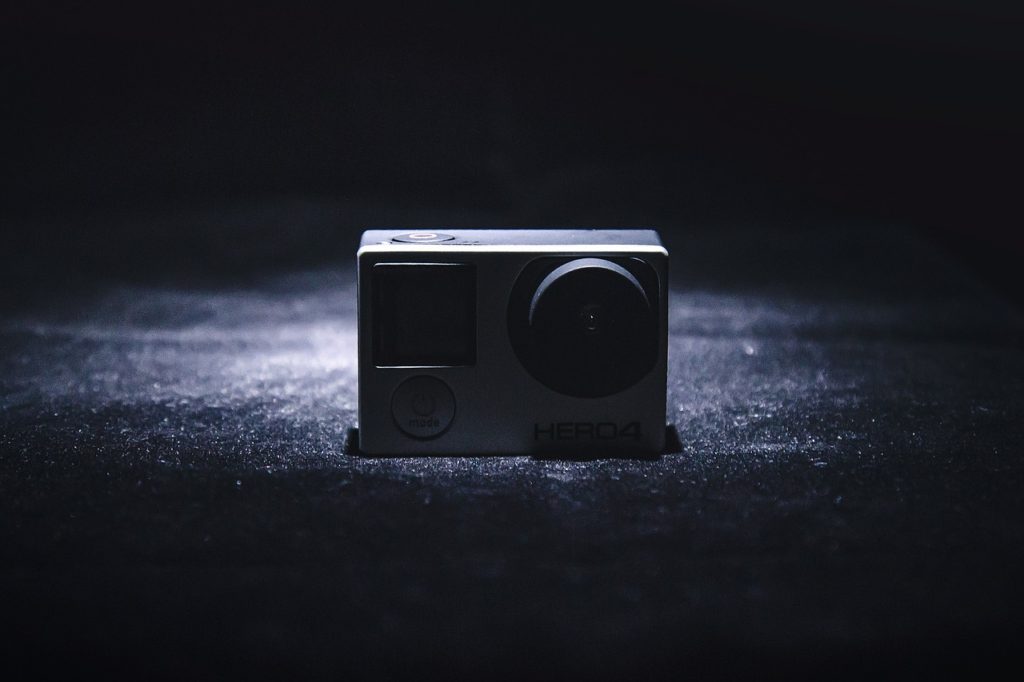How the Best Evidence Rule Can Save Your Case When Surveillance Video Goes Missing
For those of us in the business of video surveillance investigations, it’s a good idea to consider the rules that apply to downloading video and introducing it into evidence.
Having downloaded thousands of videos over the years for the New York City Police Department’s Technical Assistance Response Unit (“TARU”) and here at Video Extraction Inc., (“VEI”), I have encountered as many obstacles to a solid download as there are surveillance systems.
That’s why, when you’re collecting video evidence, you should always monitor the real-time feed. You’ll also want to pay close attention to the video as you download. Because if your tech fails, you may have to improvise—in order to legally introduce the evidence by alternate means.
Here’s a brief overview of the rules that apply when you have no video evidence to introduce:
Saving Your Bacon When Video Goes Missing
Who hasn’t experienced this gut-wrenching problem? You download the video without any trouble, and then it is suddenly GONE. Or, for some reason, you watched the video on the monitor, but could not download it.
Both situations are frustrating, but they aren’t deal-killers. If you know the legal repercussions, you may still salvage your case—and impress your client in the process.
At VEI, our technicians have the knowledge and experience to prevent inadvertent loss of video during the extraction process. However, we also routinely view the video in real time while downloading (or at least the events relevant to the case) as a precautionary measure.
If the DVR does not have a monitor attached—not unusual with lower-end systems—we connect our own monitors during extraction so we can watch the video as it downloads. We do this not only for logistical reasons, but also because of the rules of evidence under which attorneys operate.
The Best Evidence Rule
Some courts may apply what’s called the “best evidence rule” to video recordings. With some exceptions, that rule generally requires that the original video be introduced into evidence—unless the original was lost and there’s a suitable explanation for why it was lost.
When a recording is lost, or when the investigator views the recording on the monitor but is unable to perform the download, attorneys may attempt to elicit the investigator’s testimony about what he observed on the monitor. Judges are often reluctant to permit raw testimonial descriptions of absent video, ruling that such testimony violates the best evidence rule.
The exception to this is when surveillance video is lost, but not by the party trying to use the description of the video. In normal circumstances, the court would view the video for the purpose of entering it as evidence before a jury. But if the court determines that the investigator’s verbal description of the unpreserved video is accurate and reliable, the judge may allow this observational testimony into evidence.
That’s why it’s good practice to watch the recording on the monitor and detail your observations in your field notes.
Live Feed Video and Witness Statements
A similar rule applies to live feed video that is not being recorded, such as when the DVR is not set to record or is not functioning properly. In these situations, the investigator should obtain a detailed description of what the witness observed on the monitor and, if possible, get a notarized statement. There’s a good chance that the witness’s testimony, even though the video was not recorded, will be admissible.
Be sure to get good contact information from the witness. Many courts do not even apply the best evidence rule in these circumstances, finding that the camera capturing the live action is just a mechanical aid, and does not implicate the rule.
About the Author:
Eric Grimes is a retired NYPD detective and co-founder of Video Extraction, Inc, a company specializing in video locating, procurement, extraction, and acquisition.


